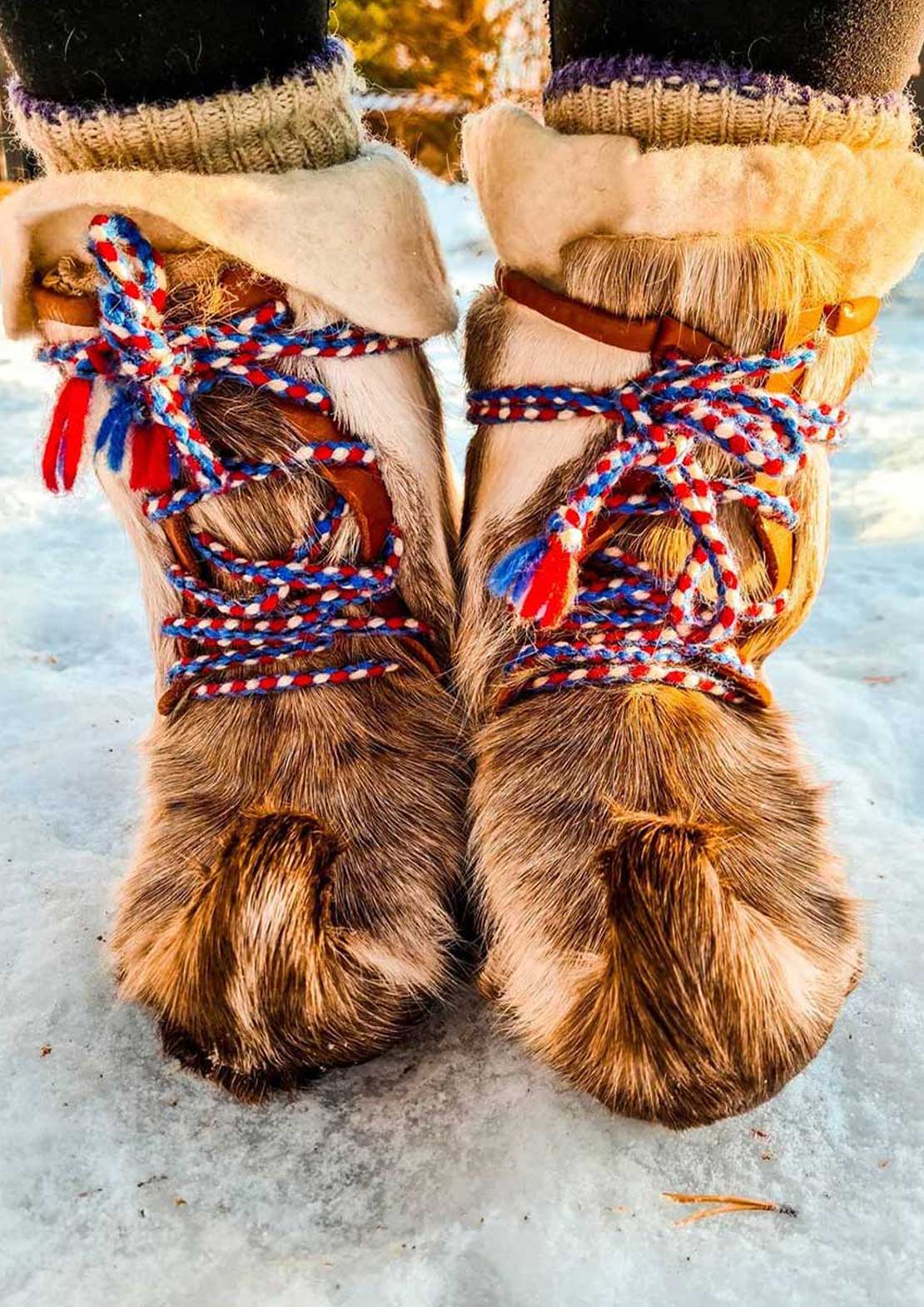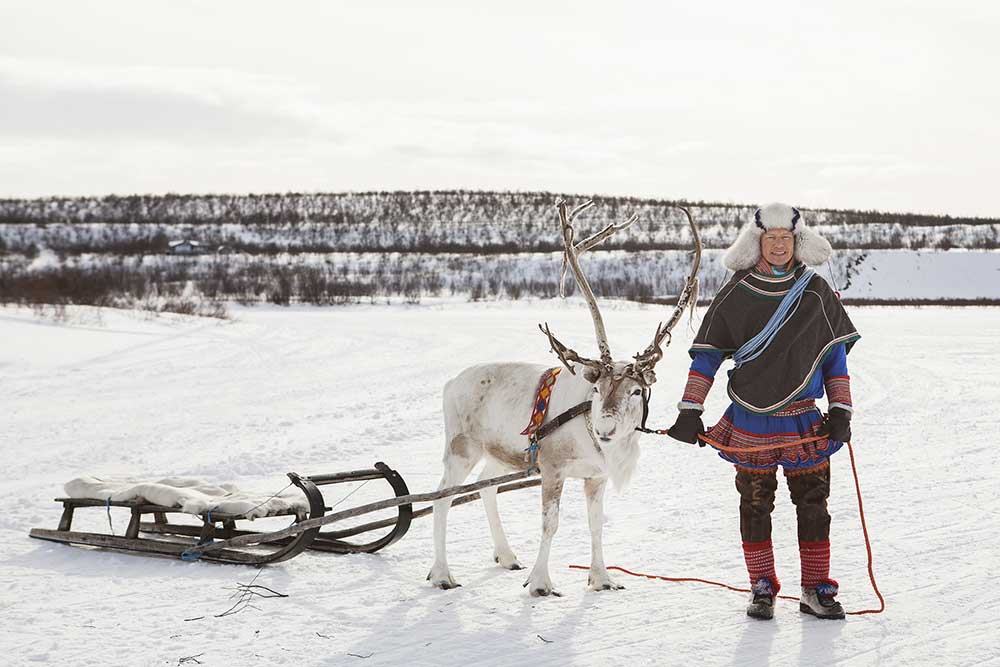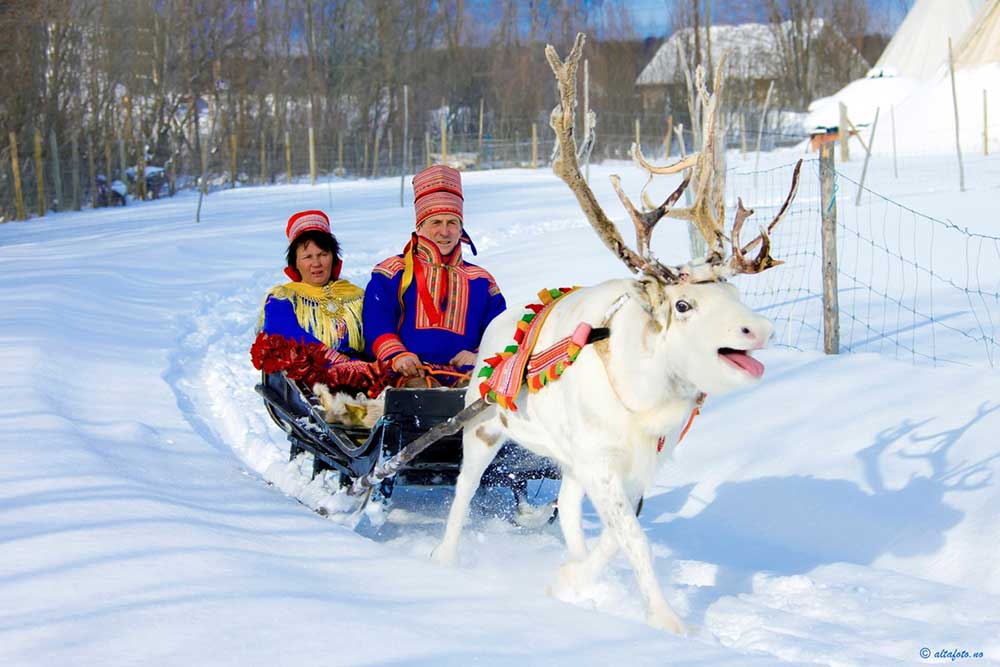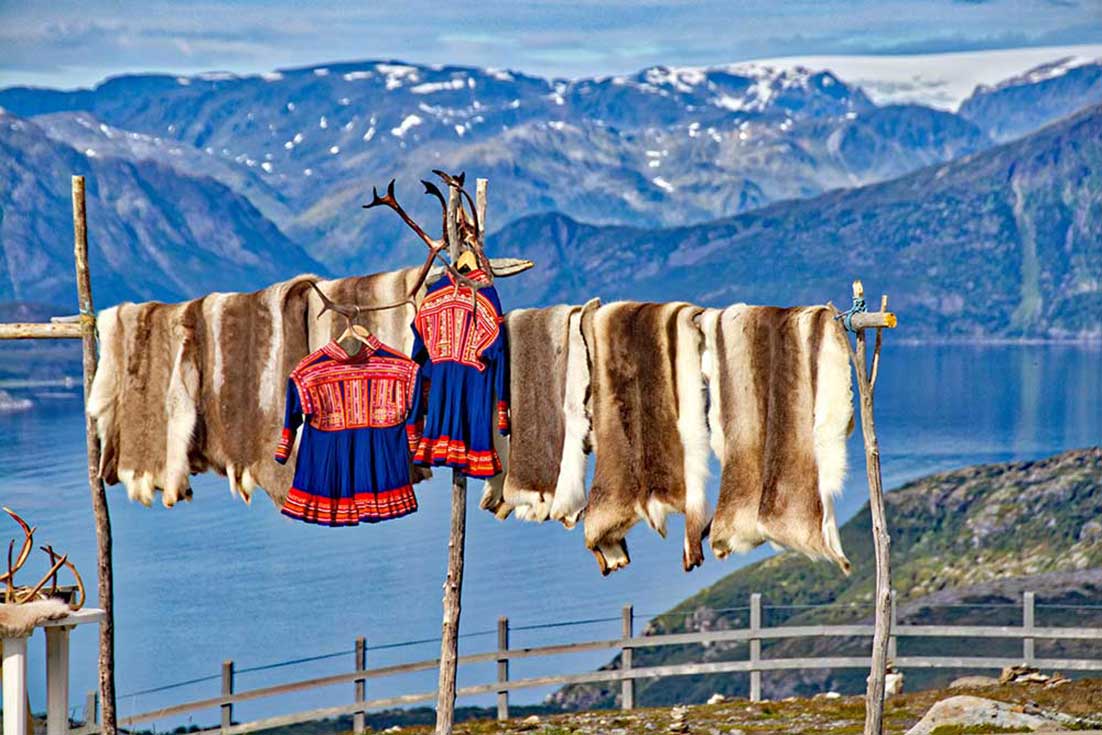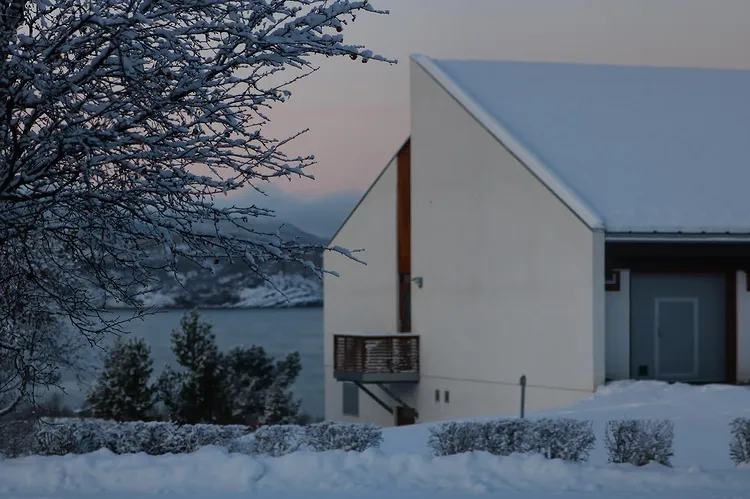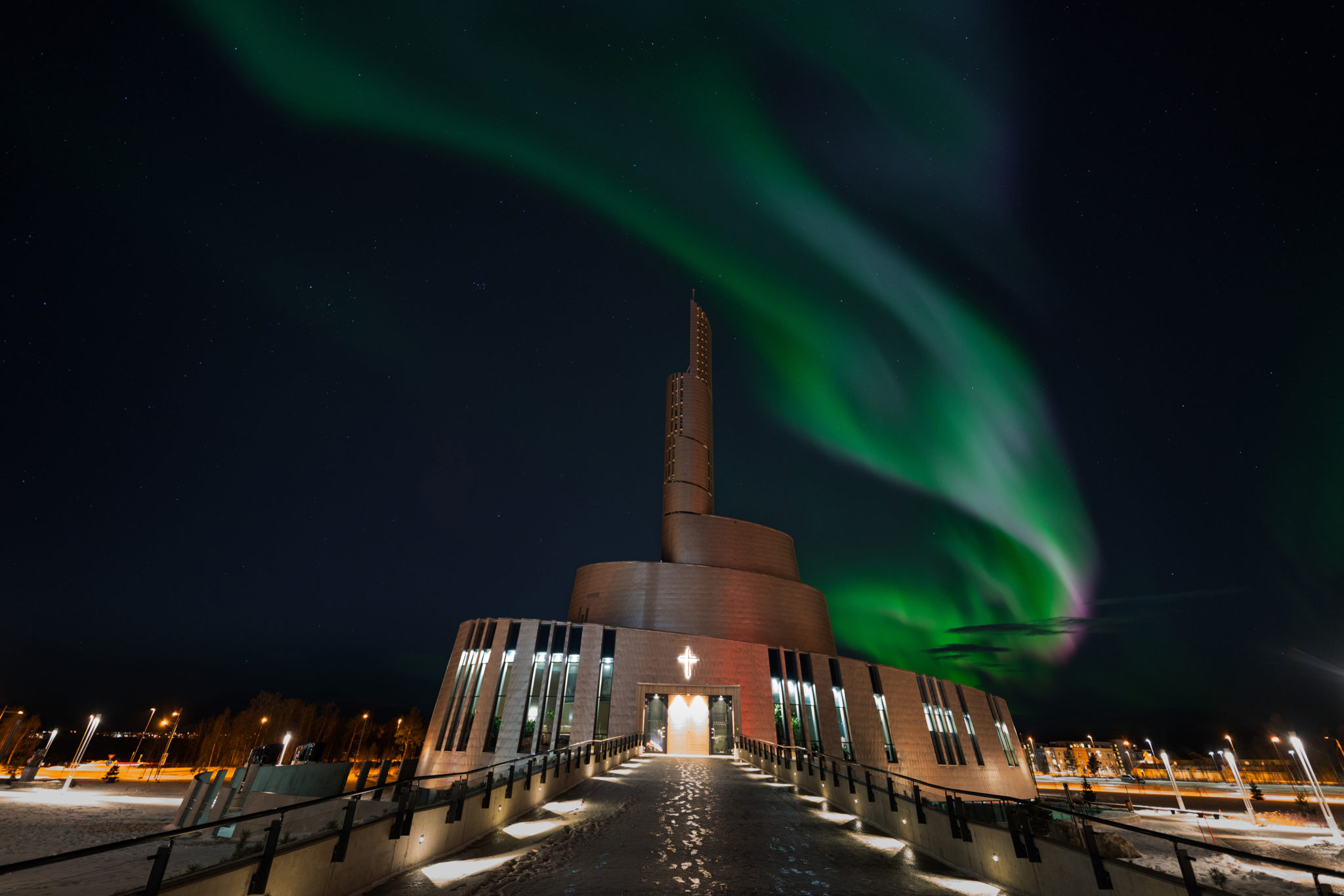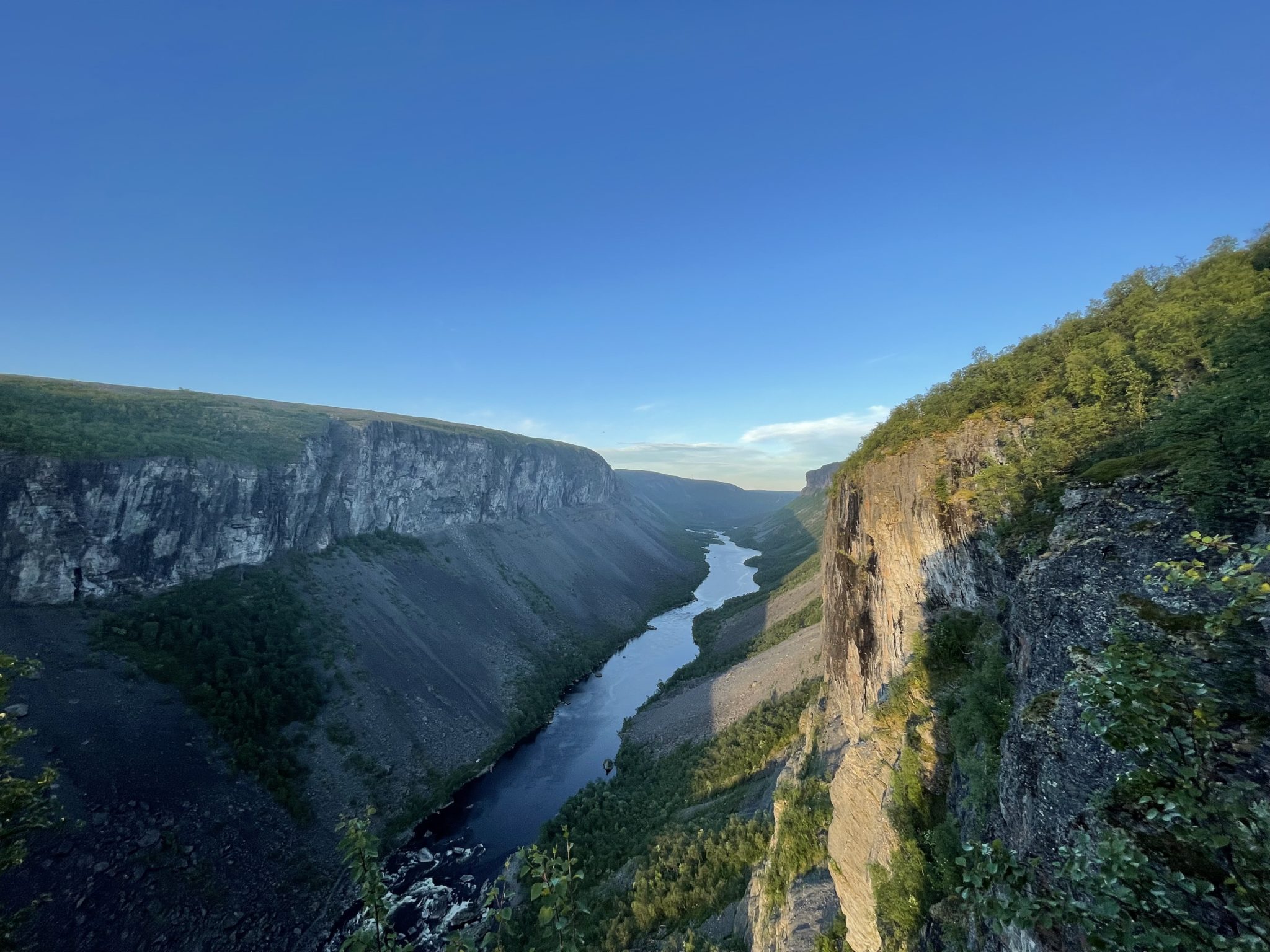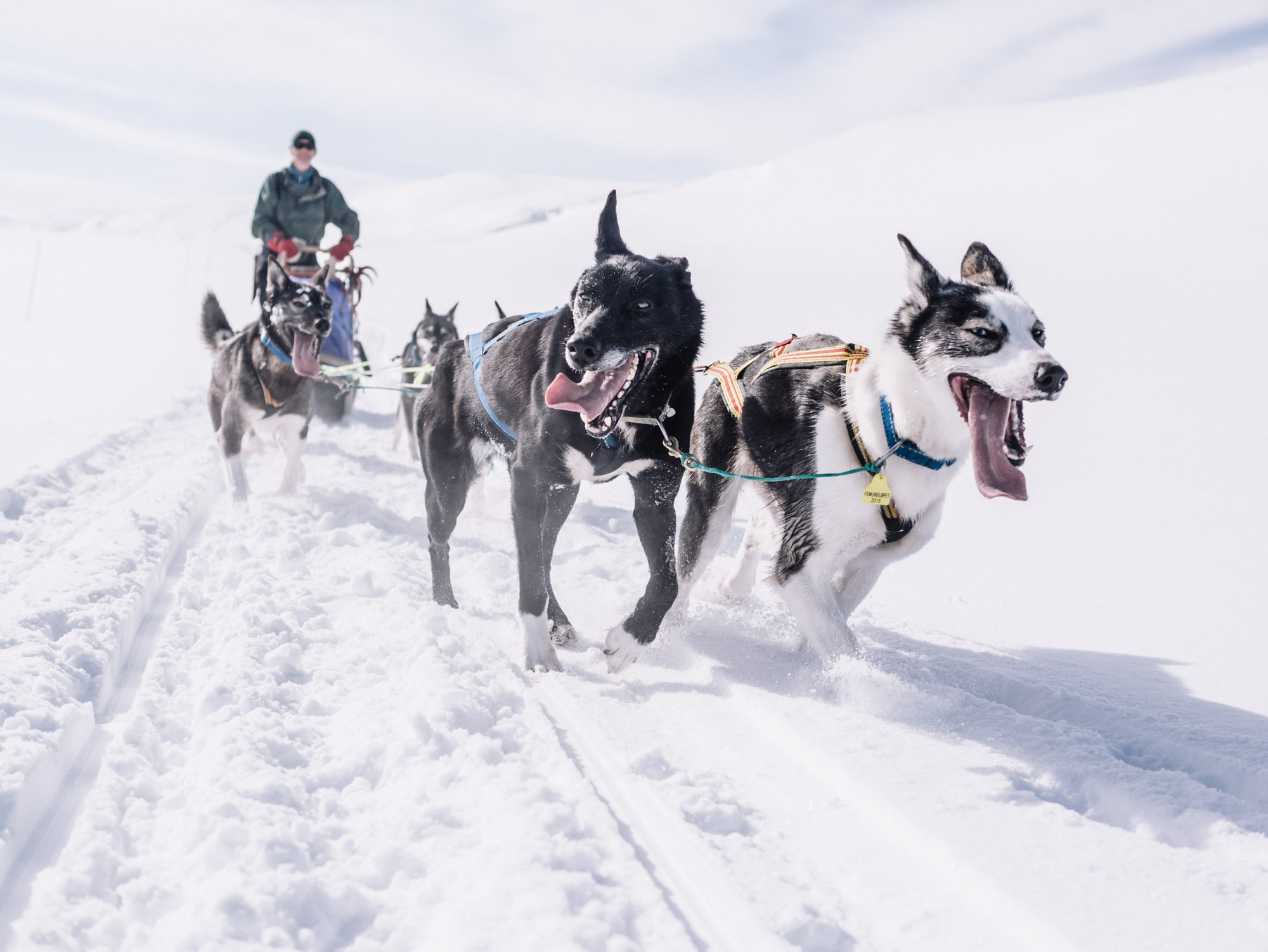Alta-Norway
twin city

MYSTERIOUS LAND
Alta – a city in the far north of Norway. Over 2,200 km from Hajnówka, over 30 hours by car. In the land of polar nights. Here, where it is dark from November to January, and where the sun does not set from May to July. Where there is snow for half a year, and the way of life and activities of the inhabitants is determined by the weather.
Alta – a city off the beaten track, far away from the capital. But known in the world. First because of the slate. This one, due to its durability, is second to none. This quality is appreciated by architects all over the world, hence Alta slate can be found both in Tokyo and Malaysia.
This is not the only reason Alta’s fame. There is another one. It also comes from rocks. A remarkable discovery was made here several decades ago. It turned out that there are drawings on the rocks from about 6,000 years ago. Their uniqueness and the need for protection were confirmed by inclusion on the UNESCO World Heritage List in 1985.
SAAMI
There is also the Sami people. They live in the northern parts of Norway, Finland, Sweden and Russia. The Sami are descendants of the inhabitants originally inhabiting Scandinavia. They use their own languages, which belong to the Finno-Ugric group.
Originally a nomadic people, they have adopted a more sedentary lifestyle today. The Sami deal with traditional activities such as hunting, fishing and reindeer breeding. A unique and unparalleled culture anywhere else, worth as consistent protective measures as the UNESCO monuments.

WE ARE SIMILAR
Alta and Hajnówka – partners. Although, one might say, these cities have nothing in common. Geographically, economically and mentally distant. There are differences, it cannot be hidden. But there are also similarities. For example geography. Both Alta and Hajnówka are peripheral cities in their countries. Both, however, can boast of heritage inscribed on the UNESCO list. In the case of Hajnówka, it is of course the Białowieża Forest.
They are also connected by the specific atmosphere of the place, the genius loci. Alta is the old Scandinavian sagas and shamanic practices of the indigenous people, it is raw rocks lashed with wind and salt sea water. Hajnówka is the power of wild, unrestricted nature. Majestic trees that remember the old days. It is also a characteristic wooden architecture and culture that emerged at the meeting point of Catholicism and Orthodoxy. And the related spirituality – extremely rare today.
Alta and Hajnówka have a similar number of inhabitants – approx. 20 thousand. However, their demographic situation is different. Hajnówka is depopulating. On the other hand, Alta’s inhabitants grow more and more every year. This is because the city has been trying to be an attractive, good-living place for young people for many years.
EDUCATION
What makes young people want to stay here? Pride they’re from here. That it is in their town that there is an unusual monument to humanity on a global scale. It is part of their identity. This identity is shaped in them from an early age and is the result of consistent educational activities conducted for decades. The first steps were gathered by a group of enthusiasts gathered around the Alta Museum.
It was them who dreamed that the whole of Norway and the world would learn about the local heritage. With time, the action took on a more institutionalized character in the form of numerous programs and a rich cultural offer run by both the museum and the local government. For example, classes for students who work with flint or learn to prepare dishes straight from the Stone Age are extremely popular.
Are the inhabitants of Hajnówka proud of the Białowieża Forest? Many of them for sure. Does the city take full advantage of its unique location? Certainly not. Hajnówka still longs for the bygone times, when the forest provided raw materials and the timber industry flourished. There is still a lot to do here, and Alta will be the inspiration.
This city shows how historical heritage should not be treated as a limitation, but as an asset and an impulse for development. It doesn’t even mind the harsh climate. If you don’t believe it, let’s visit the Ice Hotel, which has been operating here since the end of the 90s. It is built here every year on the banks of the Alta River. You can stay overnight on a bed made of ice, covered with reindeer skin.
HUSET - YOUTH HOME
What else attracts young people to Alta? Generally attractive cultural offer. A lot is happening here, although the majority of events are determined by the local weather. The flagship event is dog sled racing. There are also tons of concerts. As the main focus of most activities in Alta is youth, the local Youth House plays a major role.
Here, young people can develop artistically, look for their passions or simply spend time in the company of their peers.
Does such a place exist for the youth from Hajnówka? Not yet. But that will change.
ATTRACTIONS
Finally, there is tourism in Alta. Annually, this city is visited by approx. 60 thousand. tourists. This data is based on the sale of tickets to the museum. In fact, there are more visitors. Some of them come to see the rock drawings when there is no snow, others to take advantage of typical winter attractions.
For comparison, about 200,000 tourists come to Białowieża each year. How many of them go to Hajnówka? A small percentage. Or maybe at least as many people visit Alta. Hajnówka can also learn a lot from Alta in the field of tourism.
